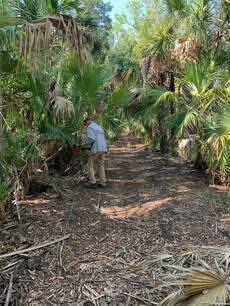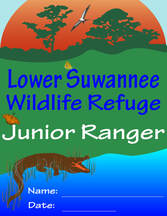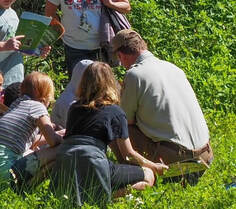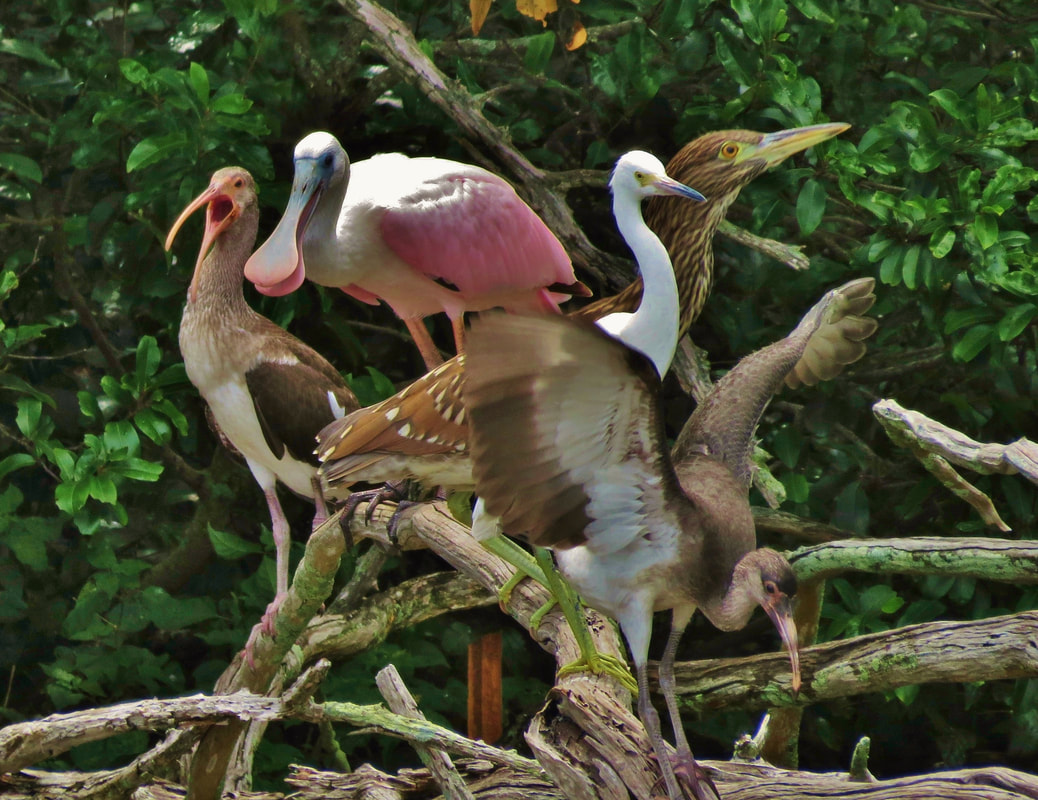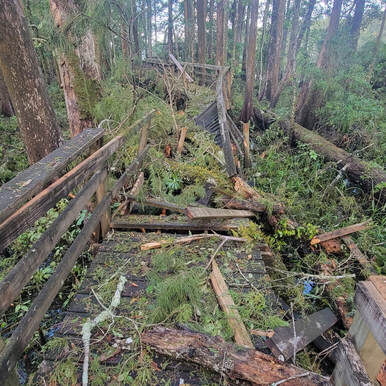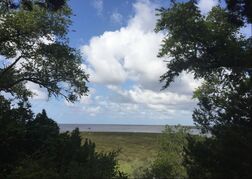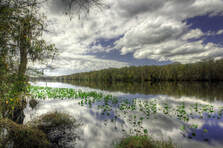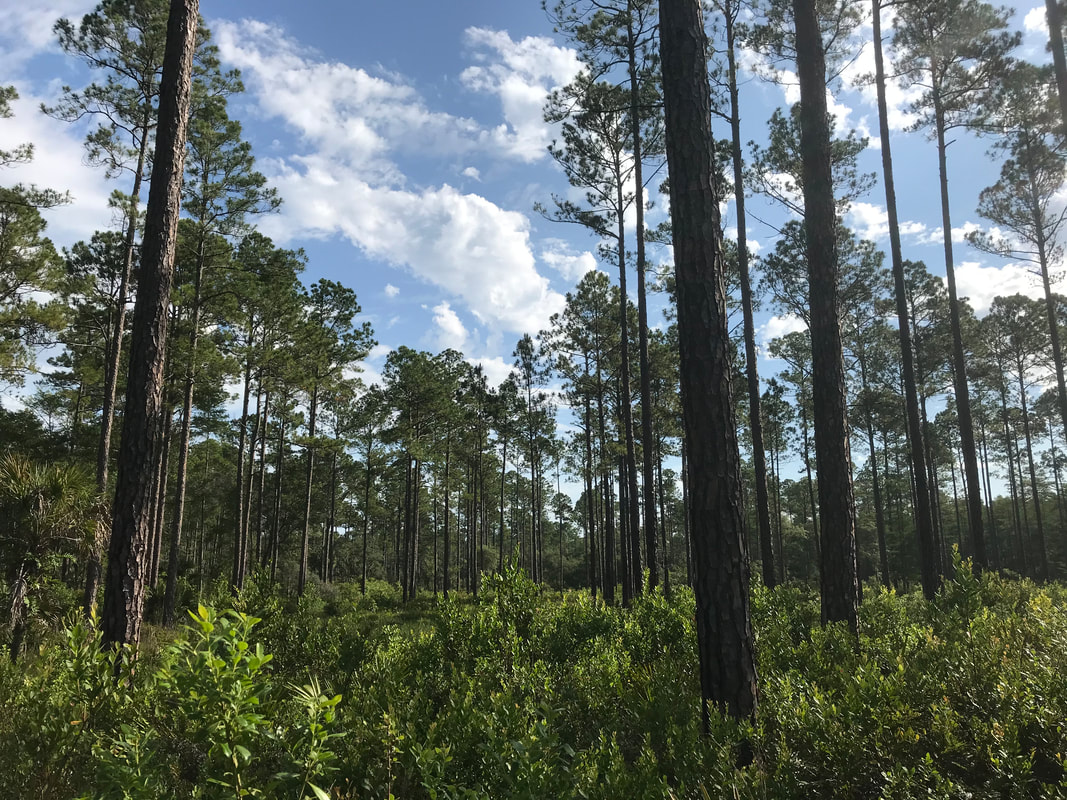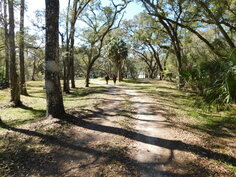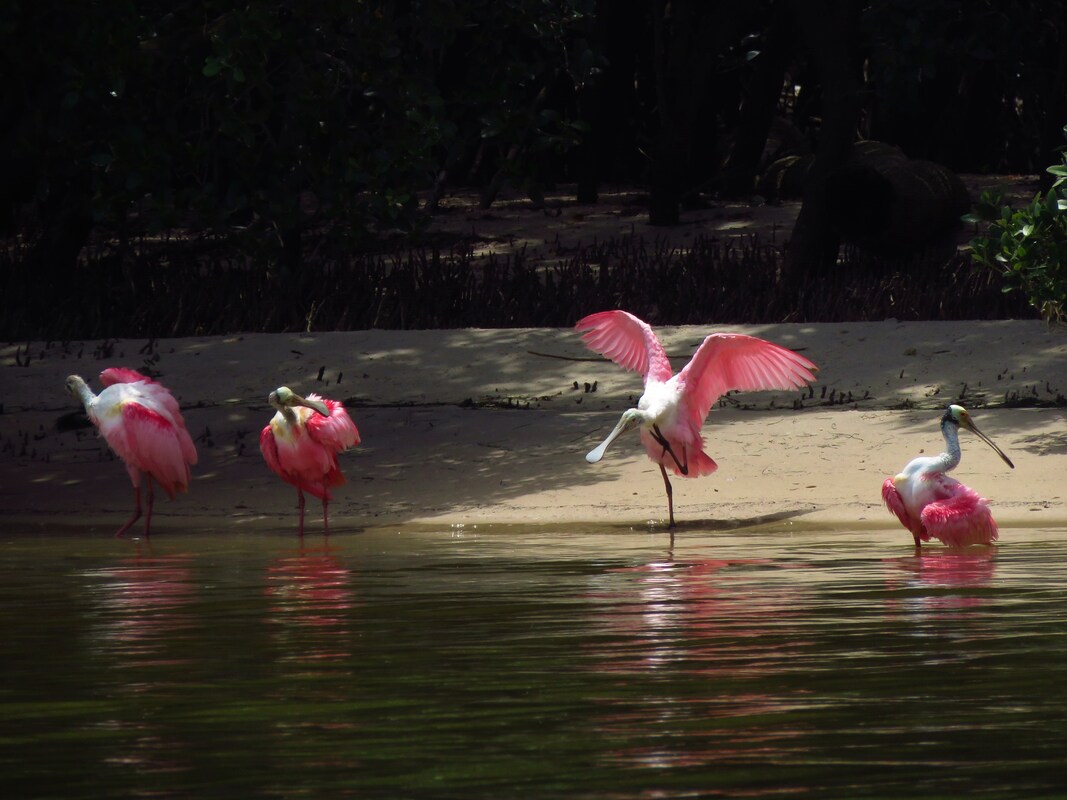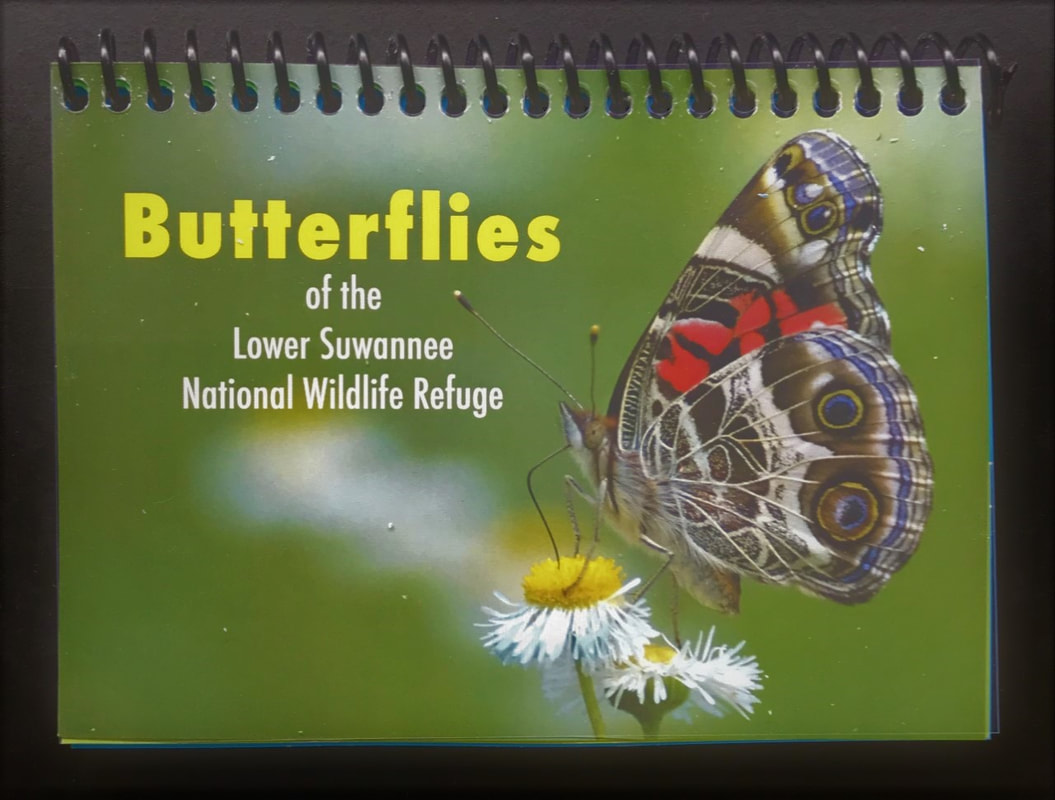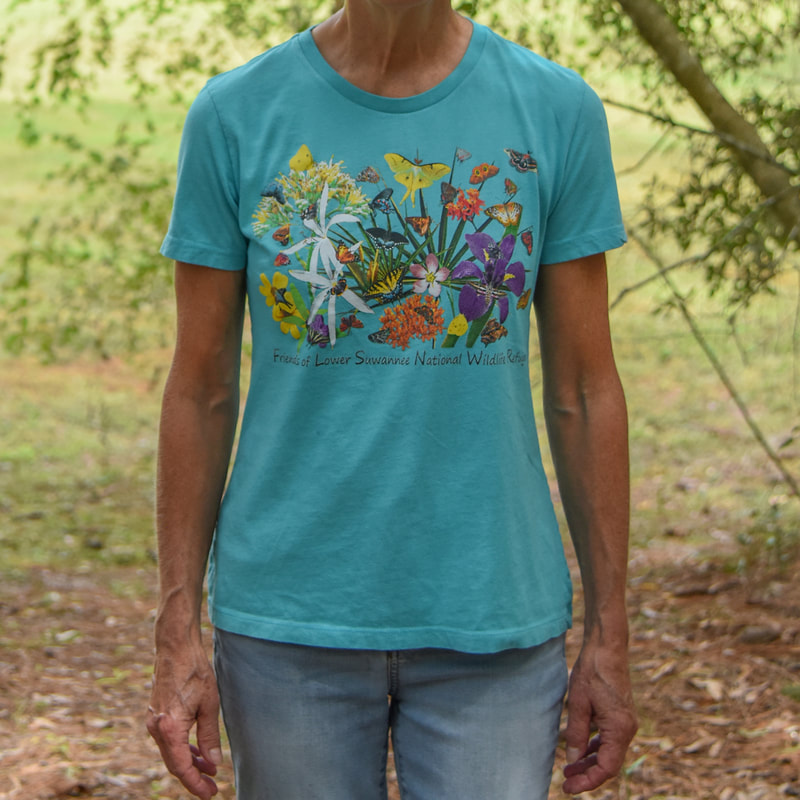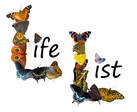We are the Friends of the Lower Suwannee & Cedar Keys National Wildlife Refuges, a nonprofit organization.
Our mission is to support the work of the Lower Suwannee & Cedar Keys Refuges protecting wildlife and the habitat needed for the wild to thrive.
Our mission is to support the work of the Lower Suwannee & Cedar Keys Refuges protecting wildlife and the habitat needed for the wild to thrive.
Upcoming Nature Walk
Barbara Woodmansee will lead a Butterfly Walk on Saturday, April 13, Read more here.
To whet your appetite for the Butterfly Walk, take a look at these beautiful photos that are part of the report on the survey of refuge butterflies that Barbara has been conducting.
Refuge Roads and Trails Update
A Notice from Refuge Manager Andrew Gude:
A seasonal closure is in place to protect the nesting birds of Snake Key, which is one of the islands the comprise the Cedar Keys National Wildlife Refuge.
Near-shore waters, as marked, are closed to public entry from 1 March to 30 June.
A seasonal closure is in place to protect the nesting birds of Snake Key, which is one of the islands the comprise the Cedar Keys National Wildlife Refuge.
Near-shore waters, as marked, are closed to public entry from 1 March to 30 June.
- The Nature Drive is OPEN.
- The Shell Mound archaeological trail is OPEN. The pier is being rebuilt so for safety reasons the limerock road to Shell Mound is closed to vehicles until construction is complete. However, visitors can park along the road outside the closure gate and walk to the trail.
- The Dennis Creek Trail, like Shell Mound trail, is OPEN to visitors. To reach it, you must park outside the closure gate at the start of the limerock road and walk in.
- The River Trail boardwalks are closed indefinitely due to Hurricane Idalia's damage. Both of them must be completely rebuilt. Funding for materials is not in the Refuge's budget so it was placed in the "deferred maintenance" category and it will probably be years before they are rebuilt. Update on effort to rebuild is here.
- Tram Ridge Trail is OPEN. See the trail guide here.
- The Atsena Otie boardwalk, which was rebuilt last spring, is gone. The trail is OPEN, but still has quite a lot of debris on it. There is no funding to rebuild the boardwalk at this time.
|
On the Dixie County side:
|
Junior Ranger Workbook
|
Refuge Visitors can help gather data to enhance safety and law enforcement. Read how here.
You can now find Friends of Lower Suwannee & Cedar Keys NWRs on The Philanthropy Hub.
Visit Both of our Refuges
The Lower Suwannee Refuge is open daily from dawn to dusk for appropriate recreational uses including boating, hiking, fishing, biking, and birding. FWS Lower Suwannee Information Brochure.
The Cedar Keys Refuge is made up of 13 small islands offshore from the City of Cedar Key. Atsena Otie Island and the sandy beaches of the other islands are open to visitors. They must be accessed by personal boat. All interior and/or vegetated areas of the islands, other than Atsena Otie, are closed to visitors in order to protect the resident and transient birds nesting on them. Also, the waters and beaches around Snake Key (~100m) are closed to all entry March through June, since Snake Key is a major nesting area. Entry to closed areas on any of the islands is by permit only. FWS Cedar Keys Information Brochure.
The Cedar Keys Refuge is made up of 13 small islands offshore from the City of Cedar Key. Atsena Otie Island and the sandy beaches of the other islands are open to visitors. They must be accessed by personal boat. All interior and/or vegetated areas of the islands, other than Atsena Otie, are closed to visitors in order to protect the resident and transient birds nesting on them. Also, the waters and beaches around Snake Key (~100m) are closed to all entry March through June, since Snake Key is a major nesting area. Entry to closed areas on any of the islands is by permit only. FWS Cedar Keys Information Brochure.
About Hunting
The spring hunt season has now ended. There is no hunting on the Refuge until mid-September.
Hunting is never allowed in the area around the Refuge headquarters, the Bat House, and the Tram Ridge Trail.
Hunting is never allowed in the area around the Refuge headquarters, the Bat House, and the Tram Ridge Trail.
Shorebirds are Preparing for Mating season
Butterflies of the Lower Suwannee
If you are interested in butterflies, we have an abundance of information and activities for you. The most recent ones were a walk out at the Refuge, and a talk at the Cedar Key Library, both by Friends Board Member Barbara Woodmansee. If you're curious about the multitude of species of butterflies and moths you may happen across at the Refuge, you can watch her entire presentation on the YouTube link here. And, shop at our online store to purchase Barbara's beautiful and informative guidebook before you venture out to the Refuge for some butterfly hunting. Other materials produced by Friends for butterfly lovers include:
- A Life List of all the butterflies on the Refuge, including a challenge to help find a few butterflies that likely are on the Refuge but have yet to be definitively documented here.
- An illustrated Guidebook to the Butterflies of the Lower Suwannee Refuge.
- A butterfly brochure
- Butterfly tee shirts
- Butterfly of the Month
- Butterfly FAQs
- Butterfly surveys and walks. Stay tuned for more scheduled walks.

